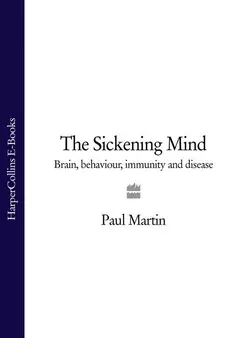The Sickening Mind: Brain, Behaviour, Immunity and Disease

Paul Martin
Тип: электронная книга
Жанр: Нейропсихология
Язык: на английском языке
Стоимость: 1227.49 ₽
Статус: В продаже
Издательство: HarperCollins
Дата публикации: 17.04.2024
Отзывы: Пока нет Добавить отзыв
О книге: ‘A masterpiece of popularization’ Times Literary Supplement‘A fascinating account, based on objective scientific research, of the ways in which mental states affect the individual’s liability to disease… Martin is a highly civilised scientist, who seasons his text with witty parentheses. He also provides many examples from literature, ranging widely from Shakespeare, Goethe and Hardy to Tolstoy, Dostoevsky and Kafka… Interesting, informative and a pleasure to read.’ ANTHONY STORR, Sunday Times‘Excellent’ JON TURNEY, Financial Times‘This most accessible account of a difficult subject blows away some prejudices and pleasingly justifies others… Martin is a biologist whose style is considerate of the layman…and it is a tribute to his own benignly infectious enthusiasm for his subject that his closing thoughts are encouraging… Remarkable.’ ALAN JUDD, Daily Telegraph‘Compelling… Balanced and impressively up to date… The tone of voice, the open-minded but critical intelligence should uplift the quality of the debate… Martin’s lucid account of possible mechanisms of the connections between mental states and personality traits and illnesses is a notable triumph of his book… Excellent.’ RAYMOND TALLIS, Times Literary Supplement